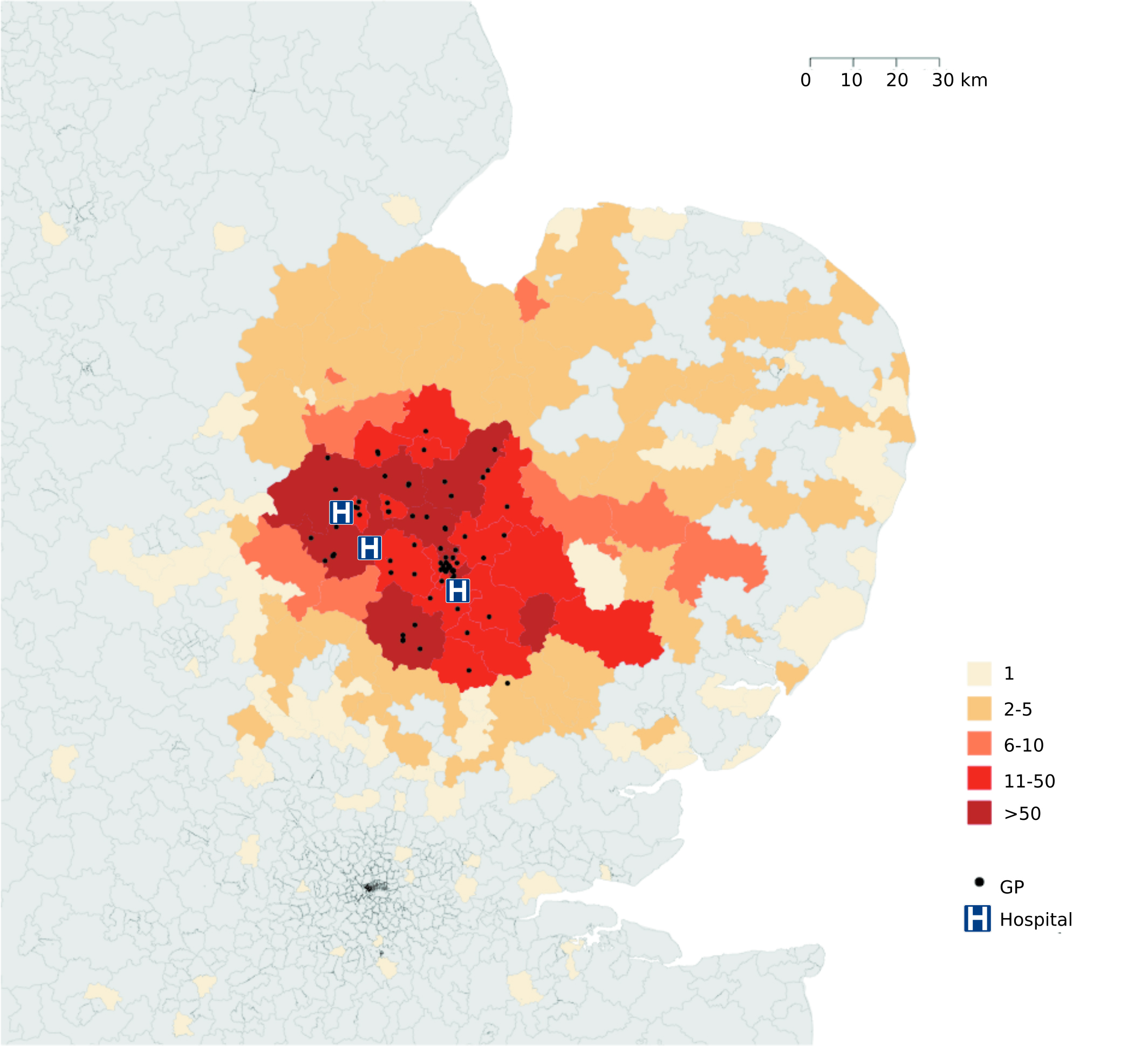Researchers track spread of MRSA in England
A longitudinal genomic and epidemiological study in the United Kingdom found that community- and hospital-associated MRSA isolates were both transmissible in a community setting.
“MRSA carriage and infection have historically been associated with health care settings,” Francesc Coll, PhD, postdoctoral fellow at the London School of Hygiene and Tropical Medicine, and colleagues wrote. “Previous studies have largely focused on suspected outbreaks or transmission in high-risk settings such as intensive care units. These snapshots have confirmed the potential of whole-genome sequencing to confirm or refute outbreaks, but the value that could be derived from applying this to entire populations, including those that bridge the divide between hospitals and the community, is unknown.”
The researchers identified 1,465 patients with MRSA living in the East of England from April, 2012 to April, 2013 using samples from three hospitals and 75 physicians’ practices provided to a diagnostic microbiology lab. Median age was 68 years (range, newborns to 101 years; interquartile range, 46 to 82 years). Coll and colleagues sequenced 2,282 isolates, performing an integrated epidemiological and phylogenetic analysis.
There were 173 transmission clusters, which contained a range of 2 to 44 cases and a total of 598 (40.8%) patients, the researchers reported. One hundred-eighteen clusters, which contained 371 patients, involved only hospital contacts, Coll and colleagues wrote, whereas another 27 (n = 72) involved only community contacts, and 28 clusters (n = 175) included both community and hospital contacts.
“In conclusion, we provide evidence for the value of integrated epidemiological and genomic surveillance of a population that accesses the same health care referral network in the East of England,” the researchers wrote. “The identification of transmission clusters involving these lineages in hospitals, in the community and at the hospital-community interface suggest that our findings may be applicable to other U.K. regions and other countries.” – by Andy Polhamus
Disclosures: Coll reports no relevant financial disclosures. Please see the study for a complete list of all other authors’ relevant financial disclosures.

